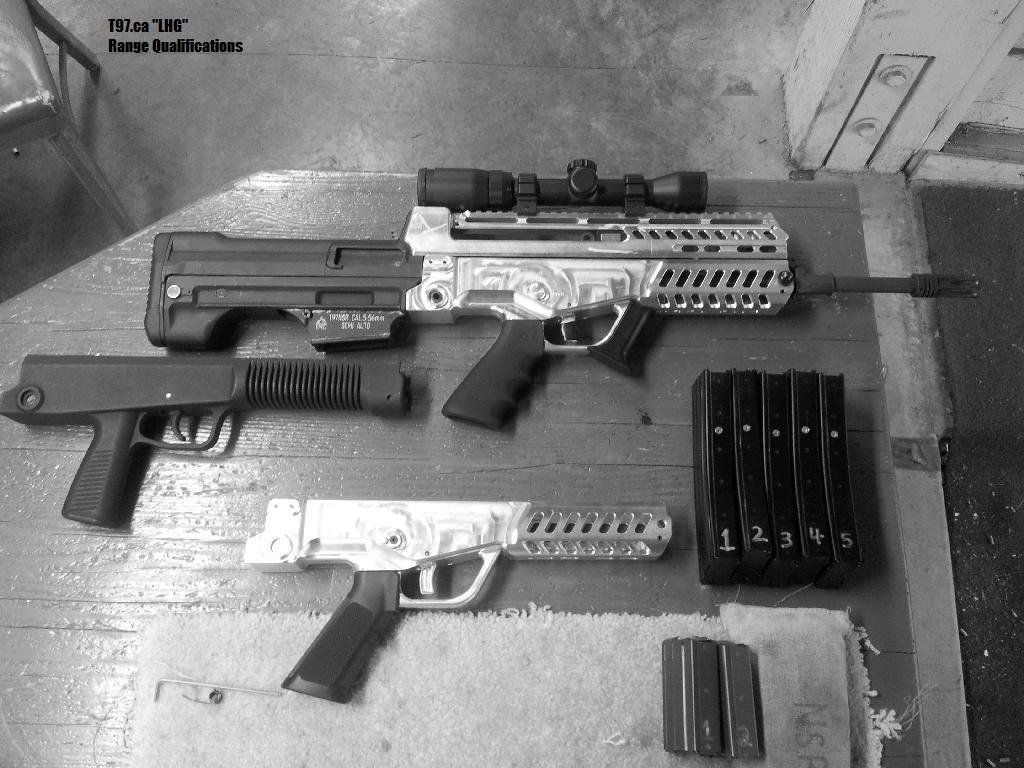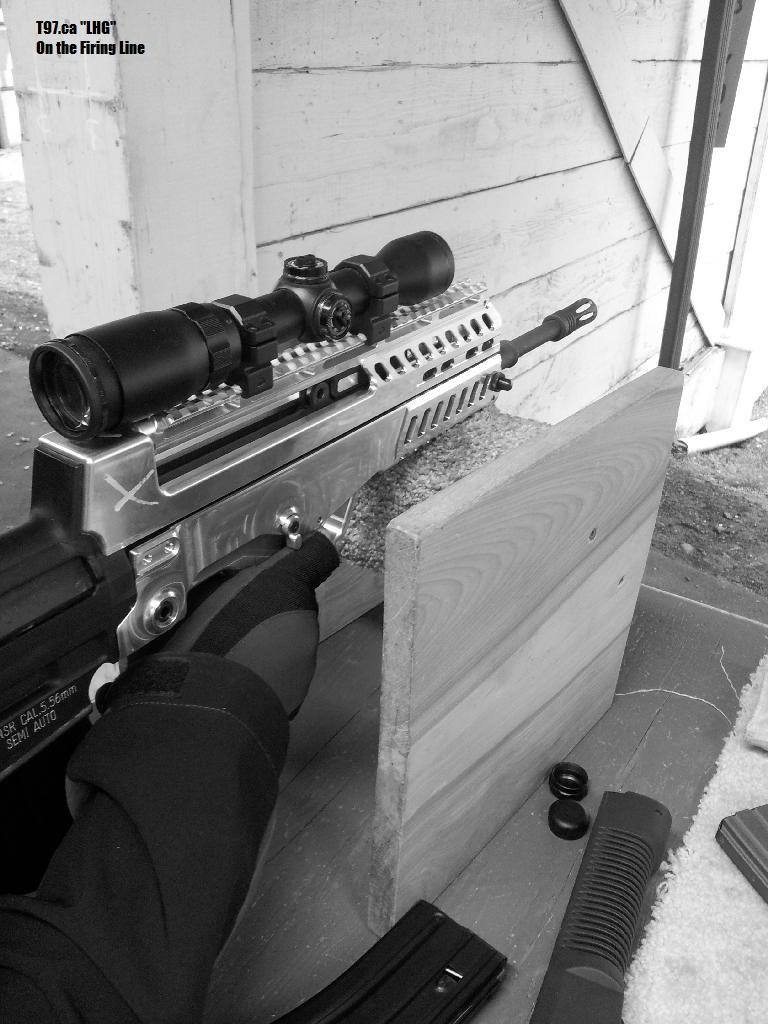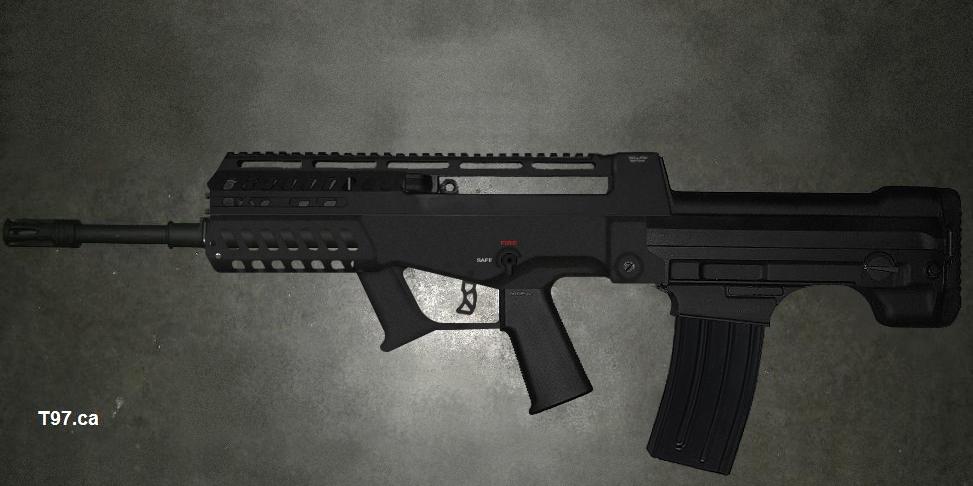VICTORIA, British Columbia — Canada has begun work on a multibillion-dollar project to ensure it has a submarine capability beyond 2025.
Naval planners are determining the various options for extending the life of the Victoria-class submarines. They hope to finish a report on those options by June for senior officers.
Depending on the capabilities selected and the length of the life-extension for the boats, the cost of the project will be CAN $1.5 billion to $3 billion (US $1.2 billion to $2.5 billion), Royal Canadian Navy Capt. Wade Carter, director of naval requirements, told industry representatives at a closed-door meeting April 7, according to briefing materials obtained by Defense News.
Industry would be needed to "deliver an upgrade package capable of extending the expected life of the [Victoria-class] by 6-18 years," Carter noted. Depending on the technologies and upgrades selected, the boats would operate to 2033 and perhaps beyond.
The modernization work would start in 2020. The Victoria-class subs have a predicted end-of-service life in the mid-2020s.
Some improvements to the submarines have already been identified. For instance, the Navy wants to upgrade the existing electronic intelligence gathering systems on the boats as part of its modernization program.
Canada does not have a domestic submarine industry, so it will turn to foreign companies to oversee such a modernization project, industry analysts said.
Canada purchased the four submarines second-hand from Britain and received the boats between 2000 and 2004. It renamed the former Upholder-class as the Victoria-class.
Babcock of the United Kingdom has expanded its presence in Canada; its subsidiary operates three offices there. Babcock has the contract for in-service support of the Victoria-class submarines, estimated to be worth CAN $1.5 billion.
Brett Johnson, Babcock Canada's vice president for Business Development for Marine and Technology, said the firm would be interested in bidding on any modernization program the Navy decides on for the subs.
Johnson noted that the company has built a supply chain in Canada to keep the submarines outfitted with parts. In some cases, parts are being built in Canada by domestic firms under license from the original UK suppliers. In other cases, Canadian systems are being outfitted on the boats.
"We've looked at every piece of kit that goes on board the submarine that needed to refitted and we looked at whether we had to source it back to the UK because there is no one in Canada that can create something comparable," Johnson said. "Or can we create in Canada the same capability and produce that part, either under license or create the part if it's a new piece of kit?"
Other foreign firms have also received work on the submarines. Northrop Grumman was selected by Canada to provide in-service support for the MK-49 inertial navigation systems and navigation data distribution systems on the boats. That contract goes until 2017.
A Canadian-based subsidiary of Ultra Electronics of the UK is conducting maintenance work on the towed-array sonars on the Victoria class. That work will continue until 2016.
Industry sources said the proposed modernization program for the Victoria class is expected to provide a variety of work for domestic and foreign suppliers.
Over the years, the boats have been limited in their availability to the Navy because of technical issues.
High-pressure welds had to be replaced and cracks were found in some of the valves on the four subs. Steel piping also needed to be replaced because the boats were put into storage in the United Kingdom with water in their fuel tanks. The Chicoutimi was damaged by a fire in 2004 that killed one officer. The submarine Corner Brook struck bottom off the west coast of Vancouver Island in 2011.
In addition, there have been delays in installing equipment, such as the weapons fire control and communications gear.
"The introduction of the Victoria class has been fraught with many issues and faced a number of setbacks,'' a May 2009 report produced by the Navy acknowledged.
The Navy, however, believes that the corner has been turned on the submarine fleet.
Spokesman Lt.-Commander Alain Blondin noted that three of the boats are now operational. A fourth is in its extended maintenance period at facilities in Victoria.
"Our priority is to show value for money," he said.
Martin Shadwick, a strategic studies professor at York University in Toronto, said it would be difficult for the Navy to convince the Canadian government to embark on a program to buy new submarines. The cost would be extremely high and submarines, because of the past issues with the Victoria class, are viewed with some skepticism by the Canadian public, he added.
"A modernization program would be the easiest to sell," he said. "That way the Navy could keep its submarine capability going while at the same time continuing to prove the value of the boats to the country's overall defense strategy."






